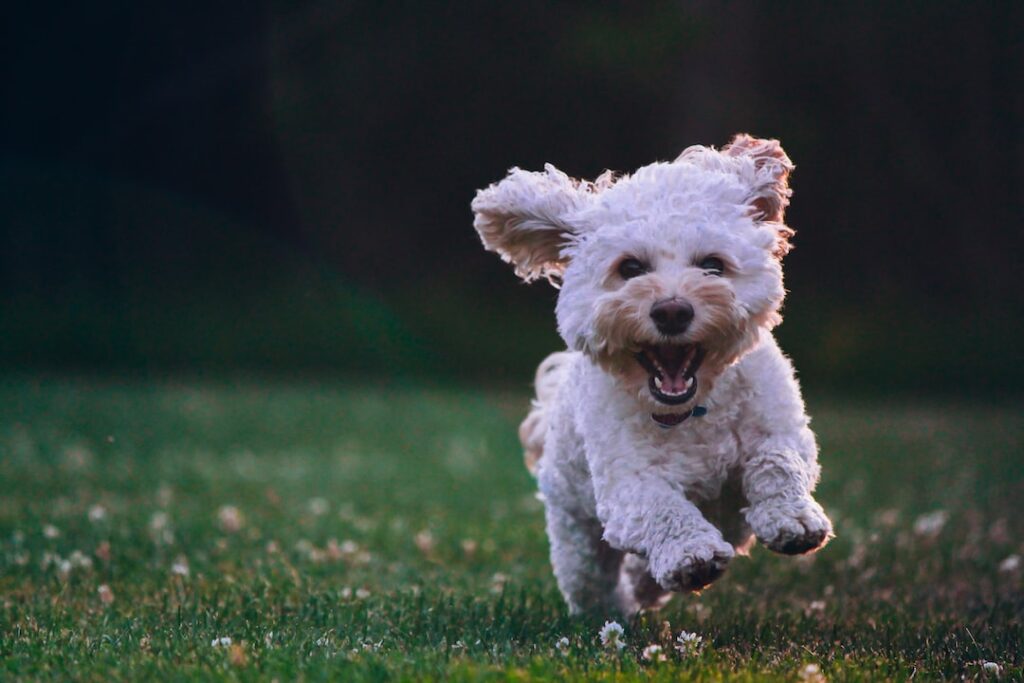Helping Your Dog with Cataracts: A Guide to Care and Support
Caring for a dog with cataracts can be challenging, but with the right knowledge and support, you can help improve your furry friend’s quality of life. In this blog post, we’ll explore the ins and outs of cataracts in dogs, and provide you with practical tips and advice on how to support and care for a dog with this condition.
Understanding Cataracts in Dogs
What are Cataracts?
Cataracts occur when the lens of the eye becomes cloudy, leading to impaired vision. In dogs, cataracts can develop due to a variety of reasons, including genetics, aging, diabetes, eye trauma, or exposure to certain medications.
Signs and Symptoms
Signs of cataracts in dogs may include a cloudy appearance in the eye, bumping into objects, reluctance to climb stairs or jump onto furniture, squinting, and overall difficulty seeing clearly.
Surprising Statistics
Did you know that cataracts are a leading cause of blindness in dogs? According to the American College of Veterinary Ophthalmologists, cataracts affect more than 80% of dogs over the age of 12.
Supporting Your Dog with Cataracts
Veterinary Care
The first step in helping a dog with cataracts is to seek veterinary care. A veterinarian can diagnose the condition and discuss treatment options. In some cases, surgery may be an option to restore vision, while in others, managing the progression of cataracts may be the best course of action.
Environmental Adaptations
Making adjustments to your dog’s environment can greatly improve their quality of life. Keep pathways clear of obstacles, use rugs or mats to define walking areas, and avoid rearranging furniture to help your dog navigate familiar spaces more easily.
Regular Exercise and Mental Stimulation
Maintaining regular exercise and mental stimulation is important for dogs with cataracts. While their vision may be impaired, engaging in activities that rely on their other senses, such as scent work or puzzle toys, can help keep them stimulated and happy.
How to Support Your Dog with Cataracts Daily
Stay Positive and Patient
Supporting a dog with cataracts requires patience and understanding. Celebrate their progress, adapt to their needs, and provide reassurance through positive reinforcement and affection.
Regular Veterinary Check-ups
Schedule regular check-ups with your veterinarian to monitor the progression of the cataracts and address any changes in your dog’s behavior or overall health.
Diet and Nutrition
Consider your dog’s diet and nutrition. Ensuring they have a healthy and balanced diet can support their overall well-being, which is especially important for dogs with cataracts.
Conclusion
Caring for a dog with cataracts involves a combination of veterinary care, environmental adaptations, and daily support. By understanding the condition, making necessary adjustments, and providing love and care, you can help your dog continue to lead a fulfilling life despite the challenges posed by cataracts. Remember, your dedication and support can make a world of difference to your furry companion.











